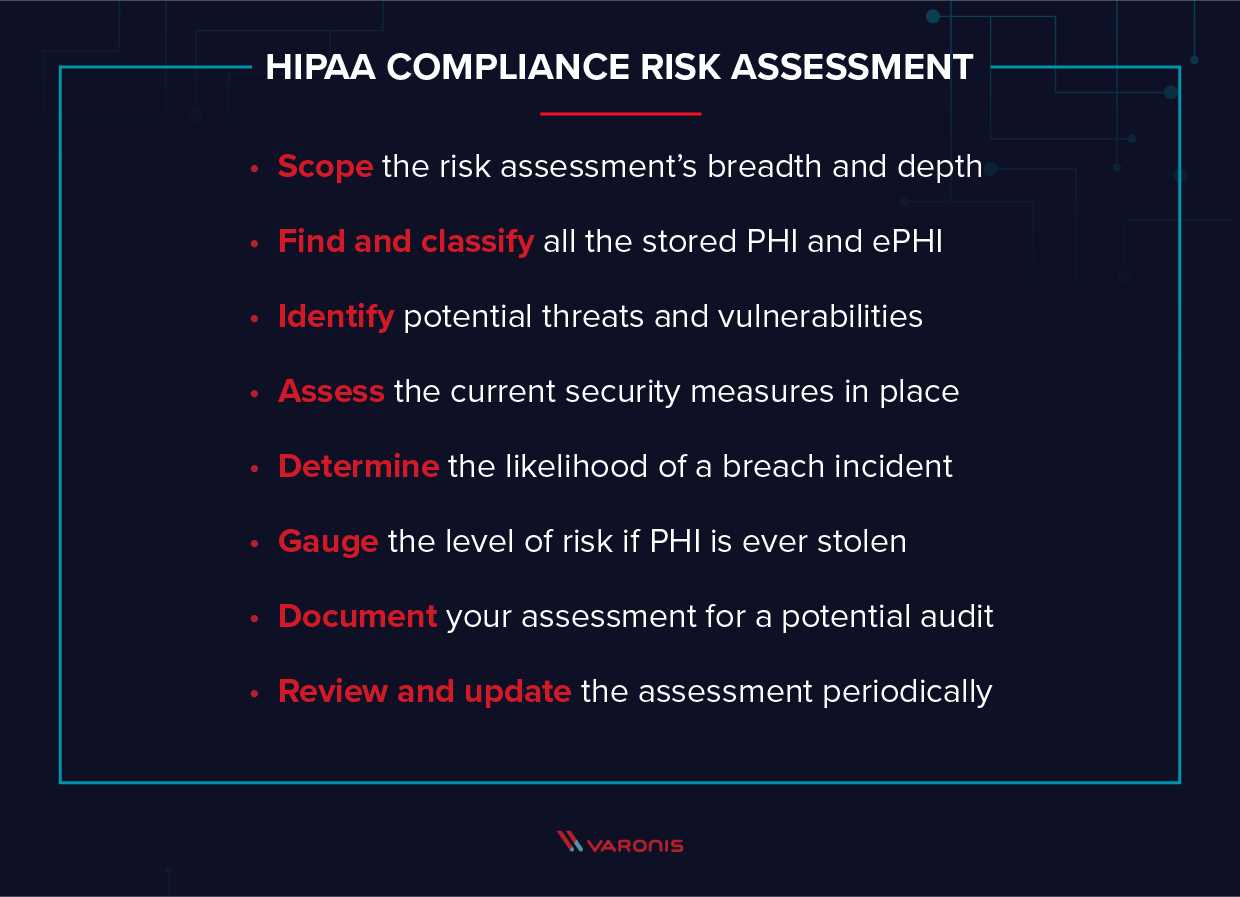HIPAA fines cost ten companies $28.7 million in 2018, which broke the previous 2016 record for HIPAA fines by 22%! Needless to say, you don't want to have to worry about a HIPAA complaint being filed against your organization, and by going through this straight forward checklist, you can ensure full compliance.
The primary purpose of the HIPAA is simply to keep people's healthcare data private. If your healthcare organization is an entity that uses and has access to Protected Health Information (PHI), then you are classified as a Covered Entity (CE) and need to make sure you are compliant with HIPAA regulations.
There are three critical components to PHI security:
- Technical safeguards
- Physical safeguards
- Administrative safeguards
Each part is equally important and must be satisfied to ensure HIPAA compliance.
You will notice that next to each task there is either an (R) or an (A). R stands for "Required", and A is "Addressable", however, this does not mean that they are optional. Each of the criteria has to be adhered to in order to achieve full HIPAA compliance.
While going through the checklist, bear in mind that the requirements of HIPAA are intentionally vague so that it can be applied equally to different types of covered entities that come into contact with PHI.
For more information on the ins and outs of HIPAA compliance, check out this comprehensive guide. You can also watch the video below for an overview of what is required for HIPAA compliance
In case you're wondering what Process Street is all about...
Process Street is superpowered checklists. By using our software to document your processes, you are instantly creating an actionable workflow in which tasks can be assigned to team members, automated, and monitored in real-time to ensure they are being executed as intended, each and every time.
The point is to minimize human error, increase accountability, and provide employees with all of the tools and information necessary to complete their tasks as effectively as possible.








